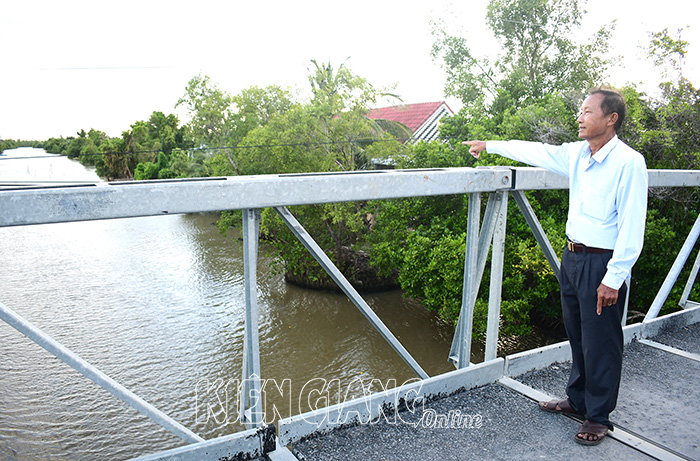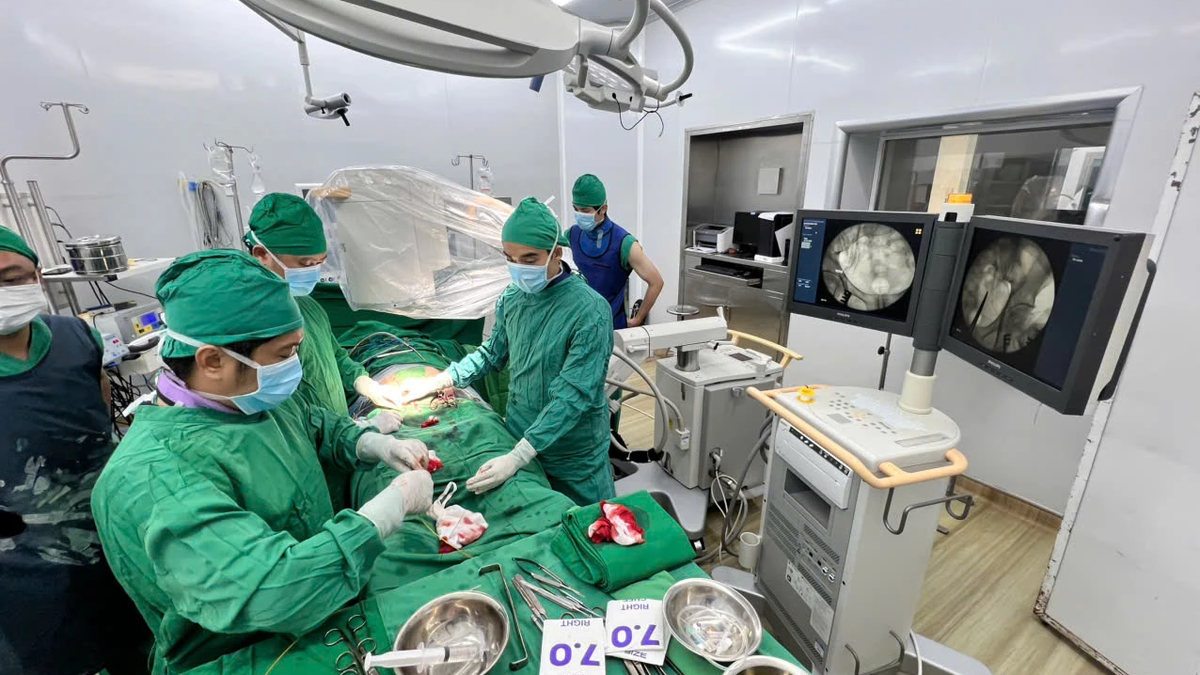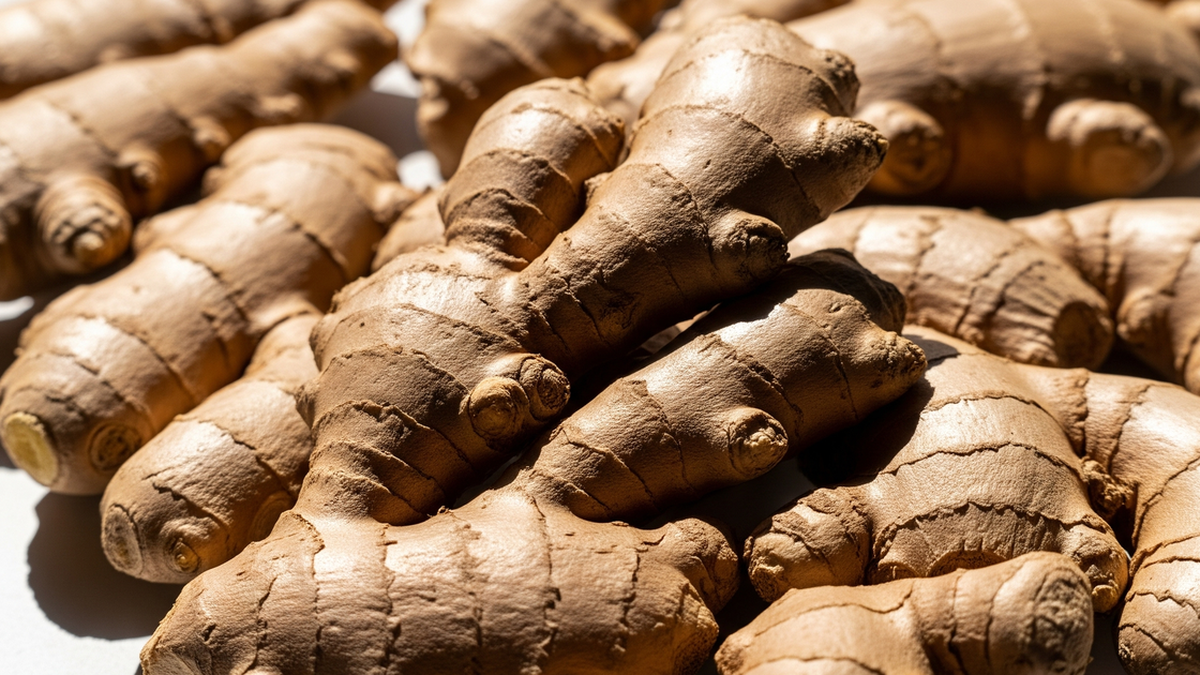According to the traditional history of the Party Committee of An Bien district ( Kien Giang ), in the early 60s of the 20th century, the US-puppet army tried to build military posts and strongholds along the Xeo Ro canal, plotting to block the resistance route of our army and people.
To cope with this situation, in mid-1963, the An Bien District Party Committee directed organizations to mobilize forces to participate in civilian labor work, dig canals to clear waterway corridors along the sea wall to prevent the enemy from burning forests and ensure traffic routes, transport food, weapons, etc.
This canal had the contribution of thousands of people and was named the Anti-American canal.
SUPPORT THE RESISTANCE
As a person who directly participated in the work of mobilizing people to dig the Anti-American canal, Mr. Nguyen Van Den (86 years old), residing in Hamlet 5 Bien B, Nam Thai Commune, An Bien District (Kien Giang) said: “At that time, I was in the executive committee of Ba Bien Hamlet. When the commune leaders gave instructions, I quickly propagated the purpose and meaning of digging the canal to the people. My wife worked to mobilize women to prepare food and water for the canal diggers. Understanding that these tasks were helpful for the resistance, the people enthusiastically participated. Each time the canal was dug, my hamlet had more than 50 people, each person dug at least 4m long, 4m wide, and about 3m deep.”
Comrade Le Hung Minh (88 years old) - former Deputy Commander of the Military Command of An Bien District said: “At the time of digging the canal, my task was to intercept enemy sweeps into the canal digging area, grasp the enemy situation and inform the canal digging force to avoid being surrounded and captured by the enemy. The enemy swept continuously, many people were sacrificed or captured. The canal digging path was full of forest trees and mangrove trees, requiring a lot of effort. Although it was difficult, it did not discourage the will of our army and people.”
Mr. Nguyen Huu Thanh, residing in Hamlet 5 Bien B, Nam Thai Commune, An Bien District (Kien Giang) next to the Chong My Canal.
With the spirit of solidarity and determination of our army and people, after more than 2 years, the Anti-American canal was completed and made a positive contribution to the resistance war against the US. According to comrade Nguyen Van Thuong (75 years old) - former Deputy Secretary of the Party Committee, Chairman of the People's Committee of Nam Thai commune, the Anti-American canal was dug from Van Khanh commune (An Minh) to Thu Nhat hamlet, Tay Yen commune (An Bien) with a length of more than 40km, parallel to the Xeo Ro canal.
This canal had important strategic significance because the enemy had blocked our movement at the Xeo Ro canal. The Anti-American Canal became a vital traffic artery that helped our troops march, transport food, weapons, ammunition, and wounded soldiers; at the same time, it kept the water to protect the forest, protect the base, and created more convenient terrain and landmarks for our forces to stay and fight to block the enemy's advance.
NEW MISSION
In peacetime, the Chong My canal helps people develop their economy and production. Previously, the Chong My canal was only 4-5m wide. After liberation, the local government dredged and renovated it many times, and now the canal is more than 15m wide. People have started to build houses, grow rice, and raise fish and shrimp along both banks of the canal. The Chong My canal helps people to trade goods and regulate water for farming.
Mr. Nguyen Huu Thanh, residing in Hamlet 5 Bien B, Nam Thai Commune, An Bien District (Kien Giang) shared: “The Chong My Canal helps me regulate water during the shrimp-rice farming process, especially helping to lead water into the tunnel to implement the model of raising soft-shell crabs to produce soft-shell crabs. Thanks to these models, I earn more than 700 million VND/year and have been a good farmer and businessman for many years.”
Many rural bridges were built across the Chong My canal, making transportation more convenient. Around 2015, Route 964 was paved with 6m wide asphalt running along the Chong My canal, making people's lives more prosperous.
According to comrade To Thanh Doan - Member of the Standing Committee of the District Party Committee, Vice Chairman of the People's Committee of An Bien district (Kien Giang), the Anti-American canal in An Bien passes through 4 communes of Tay Yen, Nam Yen, Nam Thai, and Nam Thai A.
These are communes in the coastal alluvial plains that are particularly difficult, but have now developed and reached new rural standards. The poverty rate of the district has decreased to 2.3%, and the average income per capita has reached about 57 million VND/year.
Proud that An Bien hometown has a canal named after the Anti-American War and many resounding victories. Following this heroic revolutionary tradition, the Party Committee, army and people of An Bien are determined to contribute and compete to build this heroic land to become more and more beautiful.
Article and photos: BAO TRAN
Source





































































































Comment (0)